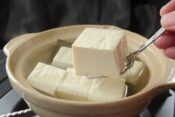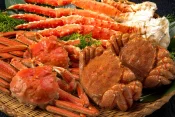Discover Kyoto’s Nama-fu: A Unique Culinary Delight You Must Try
Source:Kyonamafu Futo official site
Kyoto, the ancient capital of Japan, is renowned for its rich history, stunning temples, and exquisite cuisine. While sushi and ramen might be the first dishes that come to mind, Kyoto offers a plethora of unique culinary delights waiting to be discovered. One such delicacy is nama-fu, a traditional gluten cake made from wheat flour that has been captivating locals and visitors alike for centuries.
What is Nama-fu?
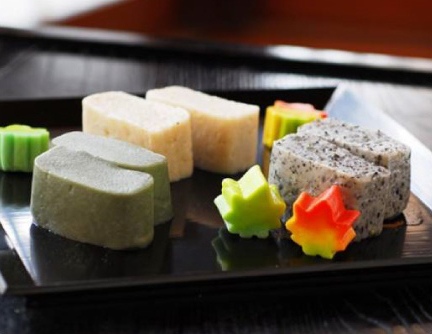
Nama-fu, which translates to “raw gluten cake,” is a versatile ingredient made from wheat flour that has been washed and kneaded to remove the starch, leaving behind the gluten. This gluten is then steamed, grilled, or fried to create a variety of textures and flavors. Nama-fu can be enjoyed in both sweet and savory dishes, making it a staple in Kyoto’s culinary scene.
Video of the nama-fu making process
There are several types of nama-fu, each with its own unique characteristics:
- Nama-fu (raw): This is the most basic form of nama-fu, often used in soups and stews.
- Yaki-fu (grilled): Grilled nama-fu has a slightly crispy exterior and a chewy interior, perfect for adding to salads or enjoying as a snack.
- Age-fu (deep-fried): Deep-fried nama-fu is crispy and airy, often served with a dipping sauce.
Nama-fu is not only delicious but also nutritious. It is a good source of protein and gluten, and it is low in calories, making it a healthy and satisfying option for those watching their weight.
The History of Nama-fu in Kyoto
The history of nama-fu in Kyoto dates back to the Heian period (794-1185), when it was introduced by Buddhist monks from China. Nama-fu quickly became popular among the aristocracy and was often served at temple ceremonies and banquets. Over time, nama-fu evolved into a unique culinary tradition in Kyoto, with local chefs developing new and innovative ways to prepare and serve this versatile ingredient.
One of the most famous historical figures associated with nama-fu is Sen no Rikyu (1522-1591), the legendary tea master who revolutionized the Japanese tea ceremony. Rikyu was known for his simple yet elegant aesthetic, and he often incorporated nama-fu into his tea ceremonies, serving it as a light and refreshing snack.
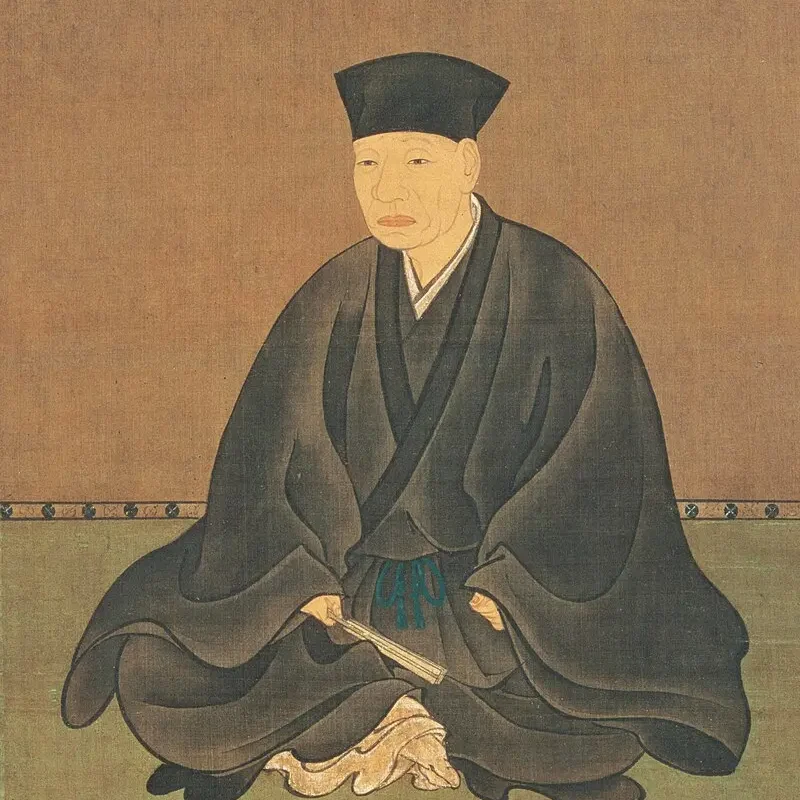
Where to Find the Best Nama-fu in Kyoto
Kyoto is home to a wide array of restaurants and shops specializing in nama-fu dishes. Here are a few recommendations:
Fuka

A renowned establishment steeped in tradition, Fuka is a haven for nama-fu enthusiasts. Their extensive menu showcases the versatility of nama-fu, featuring classic dishes like nama-fu dengaku (grilled skewers with miso glaze) and yuba-fu (nama-fu wrapped in tofu skin), alongside innovative creations like nama-fu burgers and nama-fu sushi. Be sure to try their signature fu-manju, a steamed bun filled with sweet red bean paste and nama-fu, a true Kyoto delicacy. Fuka’s commitment to quality and craftsmanship shines through in every dish, making it a must-visit for those seeking an unforgettable culinary experience in Kyoto.
Nama-fu Fudo

This charming shop specializes in nama-fu, offering a delightful array of traditional and modern creations. Indulge in their signature nama-fu dengaku (grilled skewers with miso glaze) or savor their delicate nama-fu in seasonal soups and simmered dishes. For a sweet treat, try their nama-fu monaka (wafers filled with red bean paste and nama-fu) or their colorful nama-fu warabi mochi (bracken starch dumplings with nama-fu). Nama-fu Fudo is a must-visit for those seeking an authentic taste of Kyoto’s culinary heritage.
Hanbey-fu Honten
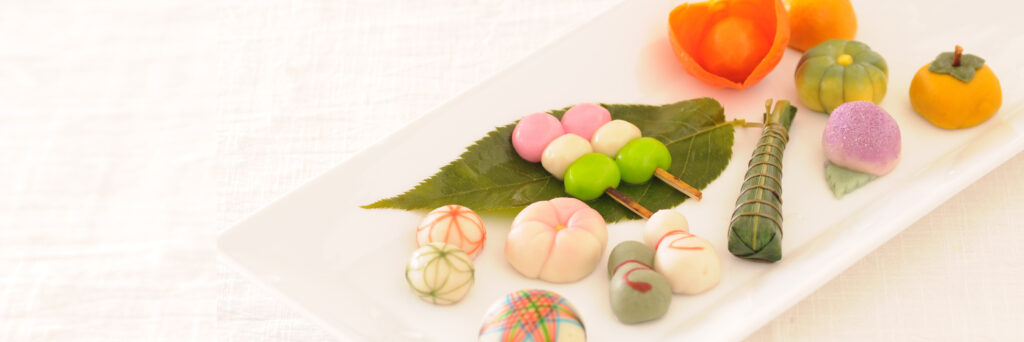
A long-established nama-fu shop with a history spanning over 300 years, Hanbey-fu Honten is a treasure trove of traditional nama-fu delicacies. Their meticulously crafted nama-fu comes in a wide variety of shapes, colors, and flavors, perfect for adding a touch of elegance to any dish. Don’t miss their signature awafu (thinly sliced nama-fu simmered in a delicate broth) or their seasonal nama-fu creations that showcase the freshest local ingredients. Hanbey-fu Honten is a must-visit for those seeking a taste of Kyoto’s rich culinary history and traditions.
When ordering nama-fu dishes, don’t be afraid to ask the staff for recommendations. They will be happy to help you choose the perfect dish to suit your taste.
Personal Anecdote
I have fond childhood memories of enjoying fu (wheat gluten) in miso soup. Whenever I found a piece of fu in my soup, I felt a sense of excitement and anticipation. The soft, slightly chewy texture of fu was always a comforting and satisfying experience. It is my hope that you too will discover the joy of nama-fu and experience the same delight that I felt as a child.
Conclusion
Nama-fu is a true culinary gem of Kyoto, offering a unique blend of flavors, textures, and history. Whether you are a foodie looking for new and exciting dishes to try or a curious traveler eager to explore Kyoto’s culinary traditions, nama-fu is a must-try. So, on your next visit to Kyoto, be sure to embark on a culinary adventure and discover the delightful world of nama-fu.
Reviews from Visitors
There are no reviews yet. Be the first one to write one.


